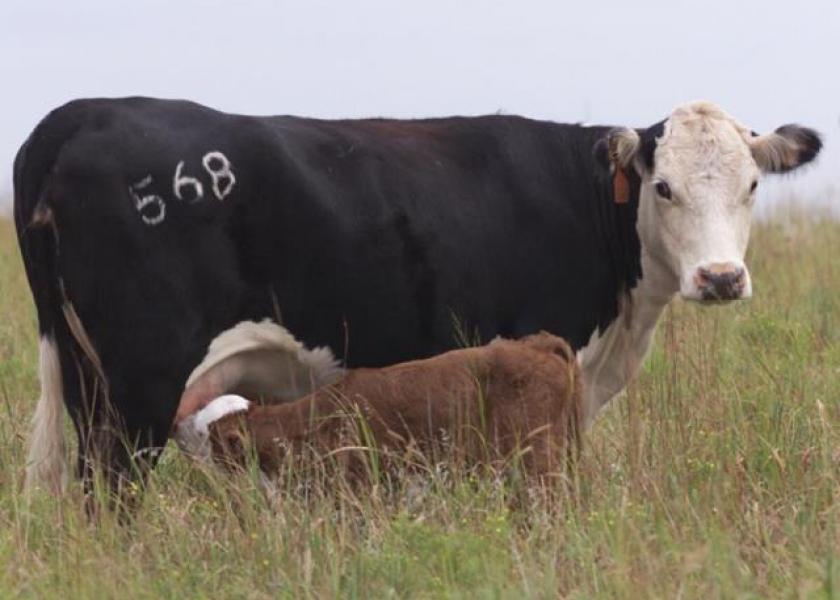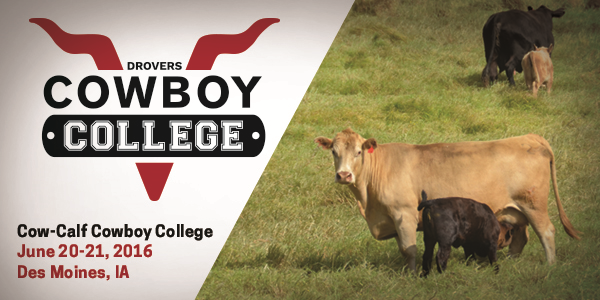Adding Value to 2016 Calves

By Derrell S. Peel, Oklahoma State University Extension
A variety of production and marketing practices are available to help cow-calf producers enhance calf values. Though these practices are not new, many are still adopted by only a small percentage of producers. The following summarizes several surveys and feeder cattle pricing studies.
Castration of bull calves is the most adopted among common cow-calf management practices. Nevertheless, surveys show that 27 percent of Oklahoma producers don’t use castration, a number that is similar to national estimates. Calves marketed as bulls typically receive a four to five percent price discount compared to steers. Polled cattle are preferred to horned cattle. Dehorning calves with horns avoids the two to three percent discount often applied to horned cattle. Dehorning and castration are best done early to minimize stress on cattle.
About 35 percent of Oklahoma cow-calf producers vaccinate calves prior to sale. Vaccinated calves usually receive a premium of one to two percent over unvaccinated calves. Vaccination programs typically include two rounds of Clostridial and respiratory vaccine. Weaning calves prior to sale adds 1.5 to 3 percent to calf value. Conversely, bawling calves are usually discounted at auctions. Roughly 40 percent of Oklahoma producers sell weaned calves. The costs of weaning calves are significant but weaned calves sell at heavier weights. The premium for weaning is the additional value for calves at the heavier weaned weight and are in addition to the added value of selling heavier calves.
Castration, dehorning, vaccination and weaning are key components of preconditioning programs. Completing a certified preconditioning program such as the Oklahoma Quality beef network (OQBN) or other VAC45 type programs further enhances calf value by providing third-party verification of the production claims. In the last several years, OQBN calves have sold at prices five to nine percent above non-preconditioned calves in addition to selling at heavier weights. For more information on the OQBN program and sales click here.
While the majority of feeder cattle receive anabolic hormone implants during stocker and feedlot production, only about 26 percent of Oklahoma cow-calf producers implant calves prior to weaning. Implanted calves are heavier and add $15 to over $20 per head in value. Most non-implanted calves sold as “natural” do not receive market premiums unless they are explicitly part of a value-added natural beef program.
Managing calves prior to marketing can also impact sale value. Calves generally sell best in moderate flesh. Thinner fleshed light-weight cattle are readily accepted and perhaps preferred by stocker buyers while moderately fleshy heavier calves may be acceptable to feedlot buyers. Excessively fleshy cattle are always discounted. It is important to know the types of buyers and what has value to them at alternative sale venues. Feeder cattle sell at higher values in larger lots. Having just five head in a uniform lot increases price an average of nearly $5/cwt. compared to single head sales and 10 head lots bring an average of $7/cwt. more than singles. Truckload lots often bring $10/cwt. more than single head sales.
The practices listed above require more management and some additional cost but have the combined potential to increase calf value by $50 to over $100/head. Some of these practices are very low-hanging fruit that producers can capture with little or no effort or investment. In times of declining cow-calf margins, it is important for producers to evaluate opportunities to enhance calf value while simultaneously managing cost of production.








